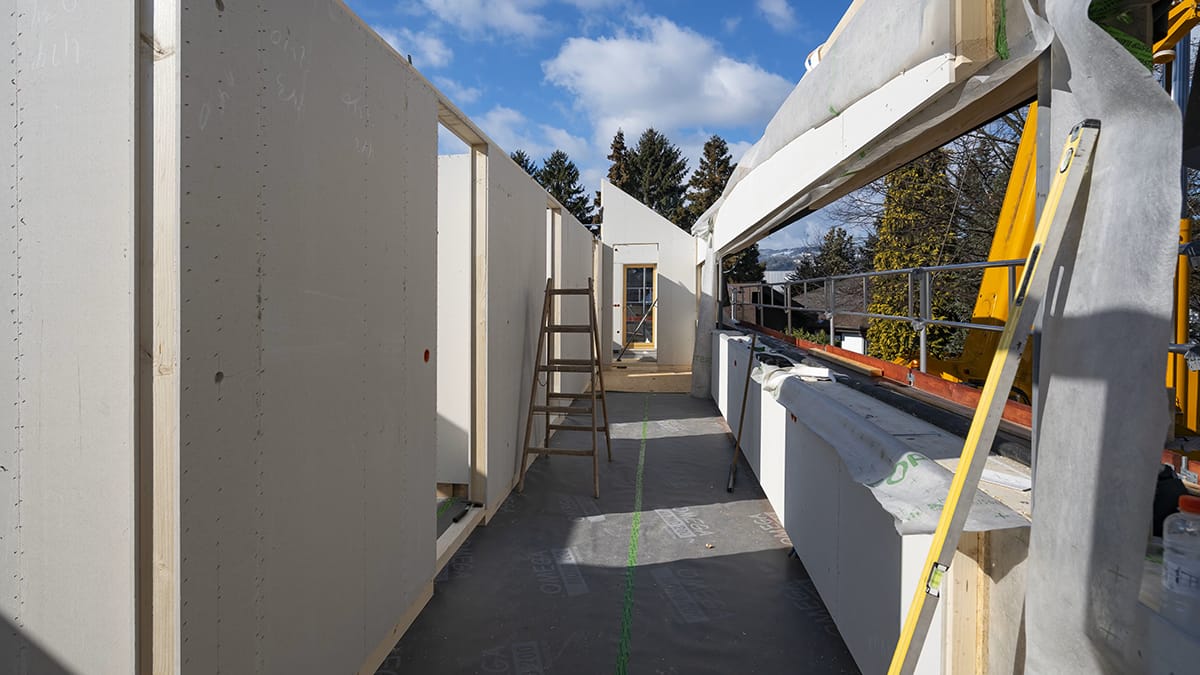
26 Sep Type X, Type C, and MGO Boards Compared for Fire Resistance
Table of Contents
Type C panels have the best fire resistance. They are better than Type X and MGO boards. Picking the right fire resistant wall panels keeps people safe. It also protects buildings and things inside. Fires happen a lot. Firefighters go to fires every 23 seconds. Home fires hurt people every 52 minutes.
When you think about fire safety, look at these things:
Testing methods
Moisture content
Species and composition
Treatments & finishes
Backing
You should also think about how strong the panel is. Think about if it is good for the environment. Think about how the panel looks too.
Key Takeaways
Type C gypsum board has the best fire resistance. It lasts more than two hours in a fire. Pick it for places like hospitals and schools where safety matters most.
Type X gypsum board gives good fire protection for at least one hour. It works well in homes and offices. People like it because it is easy to put in and very reliable.
MGO boards do not burn and fight mold and water. Put them in kitchens and bathrooms for strong fireproof safety.
Always look at the fire rating before you install wall panels. The rating tells you how long the panel can stand up to fire. This helps keep everyone safe.
Think about local building codes when you pick fireproof wall panels. Following these rules is important for safety and passing checks.
Best Fire Resistance
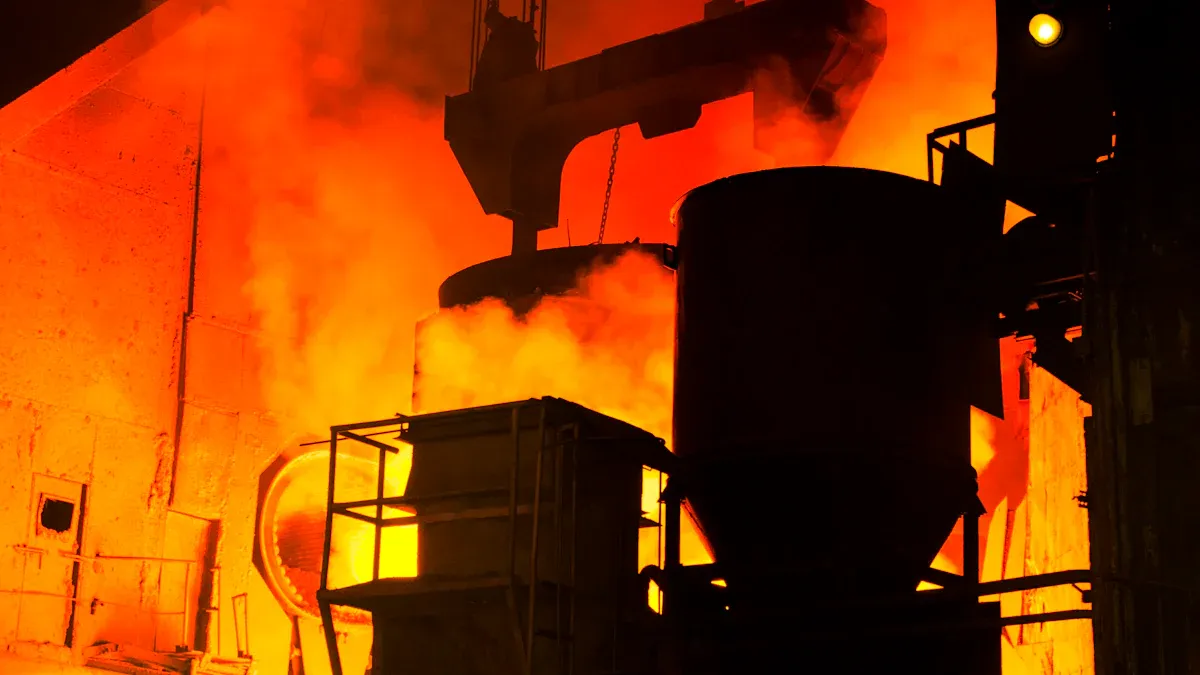
Fireproof Wall Panels Performance
You want the best protection when you choose fireproof wall panels for your building. Type C gypsum board stands out as the top choice for fire resistance. It gives you better fireproof qualities than type X gypsum board and MGO boards. Type C panels use more glass fibers and special ingredients. These features help the panels stay strong and stable during a fire. Type C gypsum board often appears in UL-rated fireproof wall panels. You see it used in places where fire safety matters most.
Type X gypsum board also offers good fireproof performance. It has a gypsum core with glass fibers. This design lets the board resist fire for at least one hour. You find type X gypsum board in many fireproof wall panels for homes and offices. It gives you reliable fire safety and a solid fire rating.
MGO boards, like MagPanel®, have a Class A fire rating. These fireproof wall panels do not burn or spread flames. MGO boards keep their shape even in high heat. You can use them in fire walls and other fire-rated assemblies. They work well in areas where fire safety is a big concern.
Here is a simple table to help you compare the fireproof performance of these panels:
Panel Type | Fire Rating | Fireproof Qualities | Common Use |
|---|---|---|---|
Type X Gypsum Board | 1 hour | Reinforced with glass fibers | Homes, offices |
Type C Gypsum Board | 2+ hours | Extra glass fibers, no shrinking | UL-rated assemblies |
MGO Board (MagPanel®) | Class A | Non-combustible, zero flame spread | Fire walls, high-risk areas |
Tip: Always check the fire rating before you pick fireproof wall panels for your project. The rating tells you how long the panel can resist fire.
Key Factors Affecting Fire Resistance
You need to know what makes fireproof wall panels work well in a fire. The material inside the panel matters most. Type X gypsum board uses a gypsum center with glass fibers. This mix gives the board strength and helps it last at least one hour in a fire. Type C gypsum board adds more glass fibers and special ingredients. These changes stop the board from shrinking and make it even more fireproof. You get better stability and a higher fire rating.
MGO boards use natural minerals. These fireproof wall panels do not burn or spread fire. They keep their shape in high heat. You can trust MGO boards in places where fire safety is very important.
Other things also affect fire resistance. The thickness of the panel can change how long it lasts in a fire. The way you install the panel matters too. If you use the right screws and seal the edges, you get better fireproof protection. The finish on the panel can help stop flames from spreading. You should always follow the rules for fire safety when you install fireproof wall panels.
Note: Fireproof wall panels give you peace of mind. You protect your building and the people inside when you choose the right panel.
Fire Resistant Wall Panels Overview
Why Fire Resistance Matters
You want to keep your building safe from fire. Fireproof wall panels play a big role in protecting people and property. When you use fireproof wall panels, you slow down the spread of flames. This gives everyone more time to escape and helps firefighters do their job. Fire safety should always be your top priority.
Fireproof wall panels also help you meet building codes. These rules make sure your building can handle a fire for a certain amount of time. If you use the right fireproof wall panels, you lower the risk of damage and injury. You also protect your investment and avoid costly repairs.
Tip: Fireproof wall panels do more than stop flames. They keep toxic smoke from spreading and help keep the building strong during a fire.
You see fireproof wall panels in schools, hospitals, offices, and homes. Builders choose them because they want better fire safety and peace of mind. Fire resistance is not just about following rules. It is about saving lives and keeping your building safe.
Fire-Rated Assemblies in Construction
You need fire-rated assemblies to meet safety standards in every building. Fire-rated assemblies use fireproof wall panels, doors, floors, and ceilings. Each part works together to slow down fire and protect the structure. You must follow the International Building Code (IBC) when you build with fireproof wall panels.
The IBC sets fire resistance ratings for different building elements. These ratings tell you how long each part can stand up to fire. The table below shows some common requirements for fire-rated assemblies in commercial and residential buildings:
Building Element | Type I A | Type I B | Type II A | Type II B | Type III A | Type III B | Type IV HT | Type V A | Type V B |
|---|---|---|---|---|---|---|---|---|---|
Primary structural Frame | 3 hr | 2 hr | 1 hr | 0 hr | 1 hr | 0 hr | HT | 1 hr | 0 hr |
Bearing Walls Exterior | 3 hr | 2 hr | 3 hr | 2 hr | 1 hr | 0 hr | 2 hr | 1/HT | 1 hr |
Floor Construction | 2 hr | 2 hr | 2 hr | 0 hr | 1 hr | 0 hr | HT | 1 hr | 0 hr |
Roof Construction | 1.5 hr | 1 hr | 1 hr | 0 hr | 1 hr | 0 hr | HT | 1 hr | 0 hr |
You must choose fireproof wall panels that match these ratings. Fire-rated assemblies protect your building and help you pass inspections. You see fireproof wall panels used in walls, ceilings, and floors to meet these standards. Builders use fireproof wall panels in fire-rated assemblies for schools, apartments, and offices. You get better fire safety and stronger protection when you follow these rules.
Type X Panels
 Composition and Features
Composition and Features
Type x gypsum board is used in lots of fireproof wall panels. This panel has special parts that make it good at stopping fire. The middle part is gypsum. Gypsum does not burn. The front and back papers are made from recycled stuff. These layers make the panel stronger. They also help it fight fire. Type x gypsum board is UL Classified. This means it meets fire safety rules.
Here is a table that shows why type x gypsum board works well in fireproof wall panels:
Component | Description |
|---|---|
Gypsum Core | Noncombustible, providing inherent fire resistance. |
Face and Back Papers | 100% recycled, contributing to the overall strength and fire resistance. |
Panel Classification | UL Classified for fire resistance, ensuring compliance with safety standards. |
These features give you good fireproof protection. Type x gypsum board slows down flames. It keeps wall assemblies strong when there is a fire.
Fire-Rated Wall Assemblies
Type x gypsum board is used in fire-rated wall assemblies. It helps buildings follow safety codes. These fireproof wall panels work well in fire-rated construction. You can put them up in one or two layers. More layers mean better fireproof protection. Type x gypsum board is the main part of many fire-rated assemblies. You see it in walls, ceilings, and floors. The panel makes a barrier that slows fire. It helps protect the building.
Tip: Always follow the steps for putting in type x gypsum board in fire-rated wall assemblies. Doing it right gives you the best fireproof results.
Type x gypsum board is found in fire-rated assembly plans for homes and businesses. Builders use these fireproof wall panels to meet tough safety rules.
Common Uses
Type x gypsum board is used in many places that need fireproof wall panels. Builders put it in hotels and offices. You also see it in schools, basements, and garages. Type x gypsum board gives strong fireproof protection in these places. You can trust it for fire-rated construction and assemblies.
Type x gypsum board works well in wall assemblies that need extra fireproof safety. You feel safe knowing your building has strong fireproof wall panels. These panels help keep people and things safe if there is a fire.
Type C Panels
Enhanced Fireproof Properties
You get the highest level of protection when you choose type c gypsum board for fireproof wall panels. This board uses a special formula with extra glass fibers and additives. These ingredients help the panel stay strong and not shrink during a fire. You see type c gypsum board used in fireproof wall panels for places that need the best fireproof safety. The board keeps its shape even when exposed to high heat. You can trust it to slow down flames and protect your building.
Type c gypsum board works well in wall assemblies that must meet strict fireproof standards. You find it in fire-rated assemblies for hospitals, schools, and commercial buildings. The board gives you peace of mind because it resists fire better than other panels. You get a reliable solution for fireproof wall panels in high-risk areas.
Note: Type c gypsum board helps you meet tough building codes for fireproof wall panels. You protect people and property when you use this board.
Fire Resistance Ratings
You need to look at the fire resistance rating before you pick fireproof wall panels. Type c gypsum board stands out with a fire rating of two hours or more. This rating means the panel can hold back fire longer than type x gypsum board or MGO boards. You see this high rating in many fire-rated assemblies. The board does not shrink or crack when exposed to fire. You get better protection for your building.
Here is a table that shows the fire rating for type c gypsum board compared to other panels:
Panel Type | Fire Rating | Use in Wall Assemblies |
|---|---|---|
Type X Gypsum Board | 1 hour | Standard fireproof wall panels |
Type C Gypsum Board | 2+ hours | High-performance fireproof wall panels |
MGO Board | Class A | Specialty fireproof wall panels |
You see type c gypsum board used in wall assemblies that need the best fireproof protection. The board gives you a strong barrier against fire.
Applications
You find type c gypsum board in many fireproof wall panels for commercial and public buildings. Builders use it in wall assemblies for stairwells, corridors, and elevator shafts. You see it in fire-rated assemblies for schools, hospitals, and offices. The board works well in places where fireproof safety matters most.
You can use type c gypsum board in wall assemblies that need a high fire resistance rating. The board helps you meet building codes and pass inspections. You get a reliable choice for fireproof wall panels in new construction and renovations.
Tip: Always check the fire rating and assembly requirements before you install fireproof wall panels. You keep your building safe when you use type c gypsum board in the right wall assemblies.
MGO Boards
 Material and Fireproof Qualities
Material and Fireproof Qualities
You may want to know what makes MGO boards special for fireproof wall panels. MGO stands for magnesium oxide. This material comes from natural minerals. It does not burn or give off toxic smoke. You get a strong and safe choice for fireproof wall panels. MGO boards resist mold and water. They do not break down when exposed to heat. You can use them in places where you need fireproof protection. MGO boards also help keep your building safe during a fire.
Note: MGO boards do not just stop flames. They also keep their shape and strength when exposed to high temperatures.
Fireproof Wall Panels Ratings
You should always check the fire rating before you pick fireproof wall panels. MGO boards often have a Class A fire rating. This means they do not catch fire easily. They also stop flames from spreading. You can trust these panels in high-risk areas. The rating shows how long the fireproof wall panels can protect your building. MGO boards meet strict standards for fireproof safety.
Here is a quick look at MGO board ratings:
Panel Type | Fire Rating | Flame Spread | Smoke Production |
|---|---|---|---|
MGO Board | Class A | Zero | Low |
Tip: Always look for the fire rating label on fireproof wall panels. This helps you choose the best option for your project.
Versatility
You can use MGO boards in many places. These fireproof wall panels work well in homes, schools, hospitals, and offices. You can install them on walls, ceilings, and floors. MGO boards also work outside because they resist water and mold. You get a panel that is easy to cut and handle. Builders like MGO boards because they save time and give strong fireproof protection.
Use MGO boards for:
Fireproof wall panels in kitchens and bathrooms
Safe rooms and stairwells
Commercial and industrial buildings
You get peace of mind when you choose MGO boards for fireproof wall panels. They give you safety, strength, and flexibility for many projects.
Other Fireproof Wall Panels
Insulated Concrete Forms (ICF)
You might want to think about insulated concrete forms, or ICF, for strong fireproof wall panels. ICF has two polystyrene insulation layers with concrete in the middle. This makes a “concrete sandwich” that gives insulation and fire resistance. The concrete core stops fire and keeps your building safe. The polystyrene layers add more insulation and help block noise.
ICF panels do more than just stop fire. They also help your building save energy. The thick concrete keeps heat inside in winter and outside in summer. You get a wall that is strong, quiet, and safe. Builders use ICF in homes, schools, and other buildings where fire safety is important.
Note: ICF panels make a strong barrier against fire. The concrete does not burn, and the system stays strong even in high heat.
ICF walls usually last longer than wood or drywall. You can trust them in places where you need the best fire protection. The panels also help your building follow strict fire codes.
Concrete and Masonry Panels
You can also pick concrete or masonry panels for fireproof wall assemblies. Concrete panels use solid concrete, which does not burn. Masonry panels use bricks or blocks made from clay or stone. Both types give you great fire resistance.
Here is a quick comparison:
Panel Type | Fire Resistance | Common Use |
|---|---|---|
Concrete Panel | Very High | Commercial, industrial |
Masonry Panel | Very High | Schools, hospitals |
Concrete and masonry panels are good for places that need strong walls. You see them in schools, factories, and hospitals. These panels do more than stop fire. They also make your building stronger and safer.
Tip: Concrete and masonry panels can last for many years. You can feel safe knowing your walls will protect you for a long time.
Fireproof Wall Panels Comparison
Fire Performance
You want fireproof wall panels to keep your building safe. Type x gypsum board gives strong fire resistance. It has a special core with glass fibers. This board can stop fire for one hour in most walls. You see it used in homes, schools, and offices. Type c gypsum board gives even better fire safety. It has more glass fibers and special additives. This board can resist fire for two hours or more. You find it in places needing top fire protection, like hospitals and stairwells.
MGO boards also have great fireproof qualities. These panels do not burn or spread flames. They keep their shape in high heat. You can use MGO boards in fire walls and other fire resistant panels. They work well in homes and commercial buildings.
Other choices, like concrete and masonry panels, have very high fire resistance. These panels do not burn at all. You often see them in factories and schools. ICF panels use concrete and insulation to make a strong fire barrier. They last longer than wood or drywall.
Tip: Always check the fire rating before you pick fireproof wall panels. The right panel can save lives and protect your property.
Installation and Handling
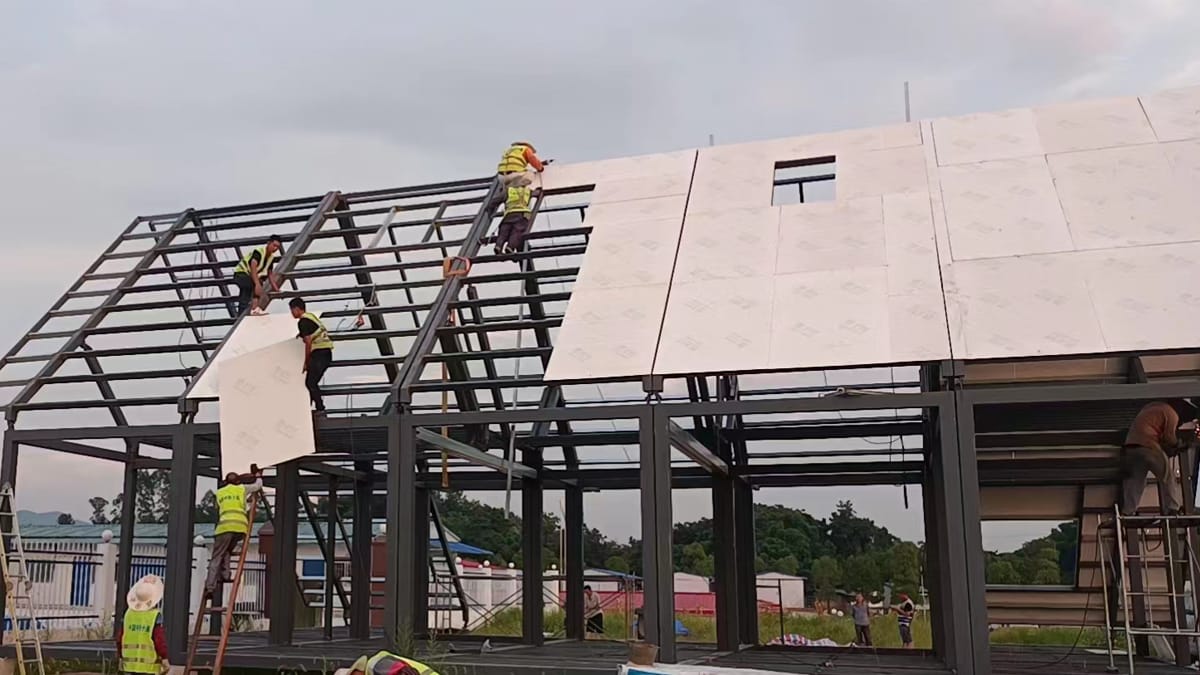 You want fireproof wall panels that are easy to install and handle. Type x gypsum board is light and easy to cut. You can carry and install it with simple tools. Most builders know how to use this board. Type c gypsum board feels similar but is a bit heavier. You still use the same tools and steps for both types.
You want fireproof wall panels that are easy to install and handle. Type x gypsum board is light and easy to cut. You can carry and install it with simple tools. Most builders know how to use this board. Type c gypsum board feels similar but is a bit heavier. You still use the same tools and steps for both types.
MGO boards are also easy to cut and install. You can use regular tools. These panels resist water and mold, so you can use them in wet places like bathrooms and kitchens. MGO boards do not break easily, so they are good for busy spaces.
Concrete and masonry panels are much heavier. You need special equipment to move and install them. These panels take more time and skill to put in place. ICF panels need careful setup, but they give strong fireproof protection once installed.
Type x gypsum board: Easy to cut, light, quick to install
Type c gypsum board: A little heavier, installs like type x
MGO boards: Easy to handle, water-resistant, strong
Concrete/masonry: Heavy, needs special tools, takes longer
Note: Always follow the instructions from the manufacturer when installing fireproof wall panels. Doing it right gives you the best fire safety.
Cost and Sustainability
You want to know how much fireproof wall panels cost and if they are good for the environment. Type x gypsum board is usually the cheapest. You can find it in most stores. Type c gypsum board costs a little more because it gives better fireproof protection. MGO boards can cost more, but they last longer and resist water and mold.
Concrete and masonry panels cost the most. They last for many years and give the highest fire resistance. ICF panels also cost more at first, but they save money on energy bills over time.
You may care about being eco-friendly and how your building looks. Some fire resistant wall panels use recycled materials. Others come from renewable resources. Here is a table that shows how different panels compare for eco-friendliness and looks:
Type of Panel | Eco-Friendliness | Aesthetic Options |
|---|---|---|
Wood | Renewable resource, can be sustainably sourced | Highly customizable, various colors and styles |
Composite Wood | Mimics natural wood, low maintenance | Limited customization compared to natural wood |
Fiber Cement | Durable, non-combustible, minimal upkeep | Can mimic wood, stone, or brick, but limited in modification |
Metal | Durable, often recyclable | Modern aesthetic, but less customizable |
Vinyl | Low maintenance, can be made from recycled materials | Various styles, but less authentic appearance |
Type x gypsum board and type c gypsum board both use recycled paper for their surfaces. MGO boards use natural minerals and do not give off toxic smoke. Concrete and masonry panels last a long time and can be recycled.
Callout: If you want a green building, look for fireproof wall panels made from recycled or renewable materials. You can also pick panels that match your style.
You have many choices for fireproof wall panels. Think about fire performance, how easy they are to install, cost, eco-friendliness, and how they look. The right panel gives you fire safety and peace of mind.
Panel Selection Guide
Building Requirements
You need to start with your building’s fire safety requirements. Every project must follow local building codes. These codes tell you how long a wall must resist fire. You can find this information in the International Building Code (IBC) or your city’s rules. You should check the fire rating for each area of your building. Some places, like stairwells or corridors, need higher fire resistance.
Tip: Always ask your local building department for the latest fire safety rules. Codes can change from city to city.
You also need to think about other needs. Some buildings need panels that resist water or mold. Others need panels that look good or help save energy. Write down your main needs before you choose a panel.
Matching Panel to Project
You should match the panel to your project’s needs. Each type of fire-resistant wall panel works best in certain places. Here is a quick guide:
Project Type | Best Panel Choice | Why It Works Well |
|---|---|---|
Homes | Type X Gypsum Board | Good fire rating, easy to install |
Apartments | Type C Gypsum Board | Higher fire rating, meets strict codes |
Hospitals/Schools | Type C Gypsum Board | Top fire resistance, safe for public use |
Kitchens/Bathrooms | MGO Board | Fireproof, resists water and mold |
Factories/Warehouses | Concrete or Masonry | Very high fire resistance, strong walls |
Energy-Efficient | ICF Panels | Fireproof, saves energy, strong barrier |
You can use this table to help you decide. Think about where you will use the panel and what you need most. If you need a panel for a wet area, pick MGO. If you want the highest fire rating, choose Type C gypsum board.
You now know the strengths of each fire-resistant wall panel. Type C gypsum board gives you the best fire protection. Type X works well for homes. MGO boards fit wet or high-risk areas. Concrete and ICF panels offer top safety for large buildings.
Always check your local building codes and talk to a professional before you choose.
Pick panels that match your project’s needs.
Put safety, durability, and long-term value first.
FAQ
What is the difference between Type X and Type C gypsum board?
Type X gives you basic fire resistance. Type C uses more glass fibers and special additives. You get a higher fire rating with Type C. Builders use Type C in places that need the best fire protection.
Can you use MGO boards in wet areas?
Yes, you can use MGO boards in bathrooms and kitchens. These panels resist water and mold. You get strong fireproof protection and durability in wet spaces.
How do you check the fire rating of a wall panel?
Look for the fire rating label on the panel. You can also check the manufacturer’s specifications. The fire rating tells you how long the panel resists fire.
Tip: Always ask your supplier for fire test certificates before you buy panels.
Which panel is best for schools and hospitals?
You should choose Type C gypsum board for schools and hospitals. This panel gives you the highest fire resistance. You meet strict safety codes and protect people in public buildings.
How do the costs compare for fire-resistant panels?
Panel Type | Cost Level |
|---|---|
Type X Gypsum | Low |
Type C Gypsum | Medium |
MGO Board | Medium-High |
Concrete/Masonry | High |
You pay more for panels with higher fire ratings and durability.

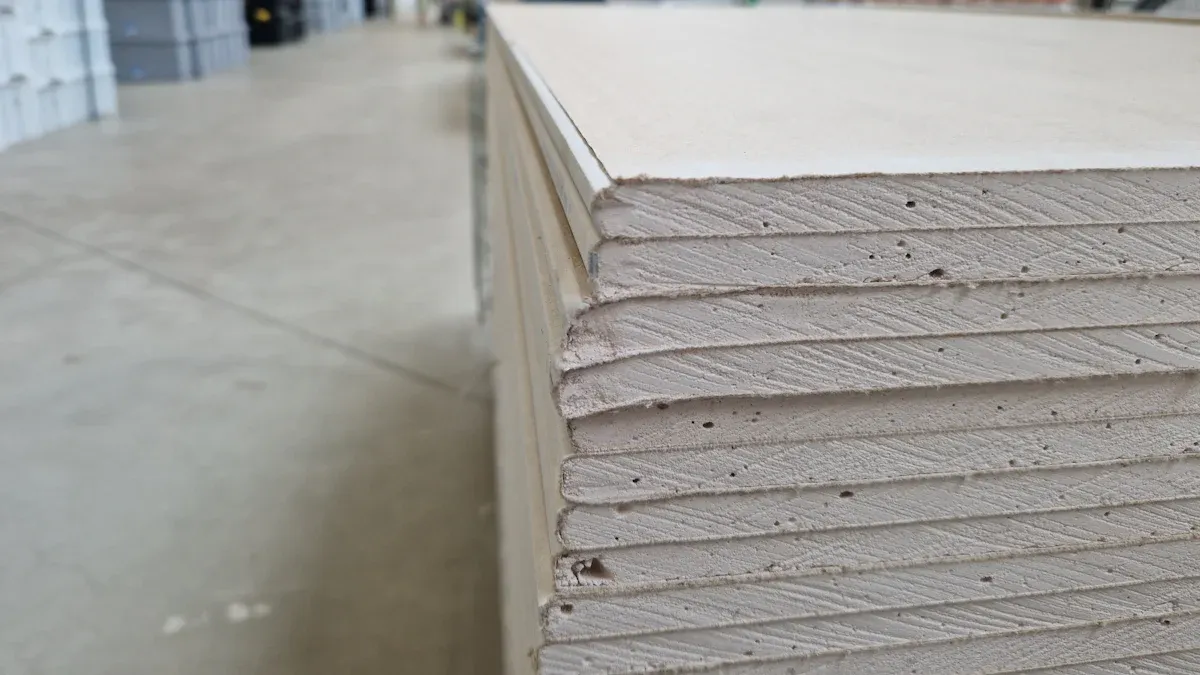 Composition and Features
Composition and Features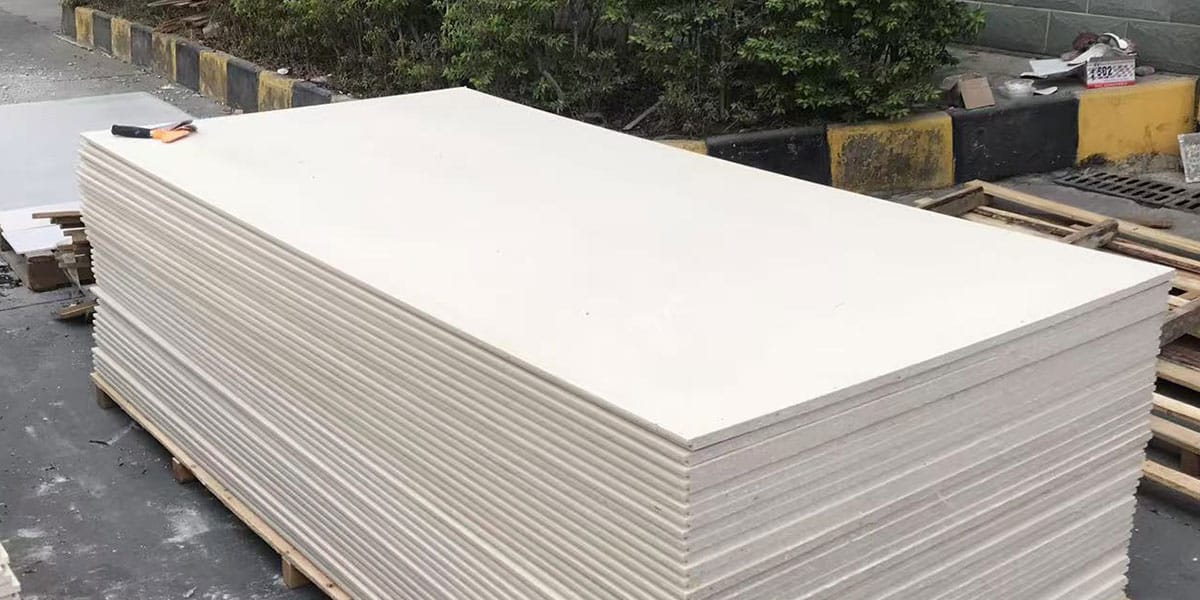 Material and Fireproof Qualities
Material and Fireproof Qualities